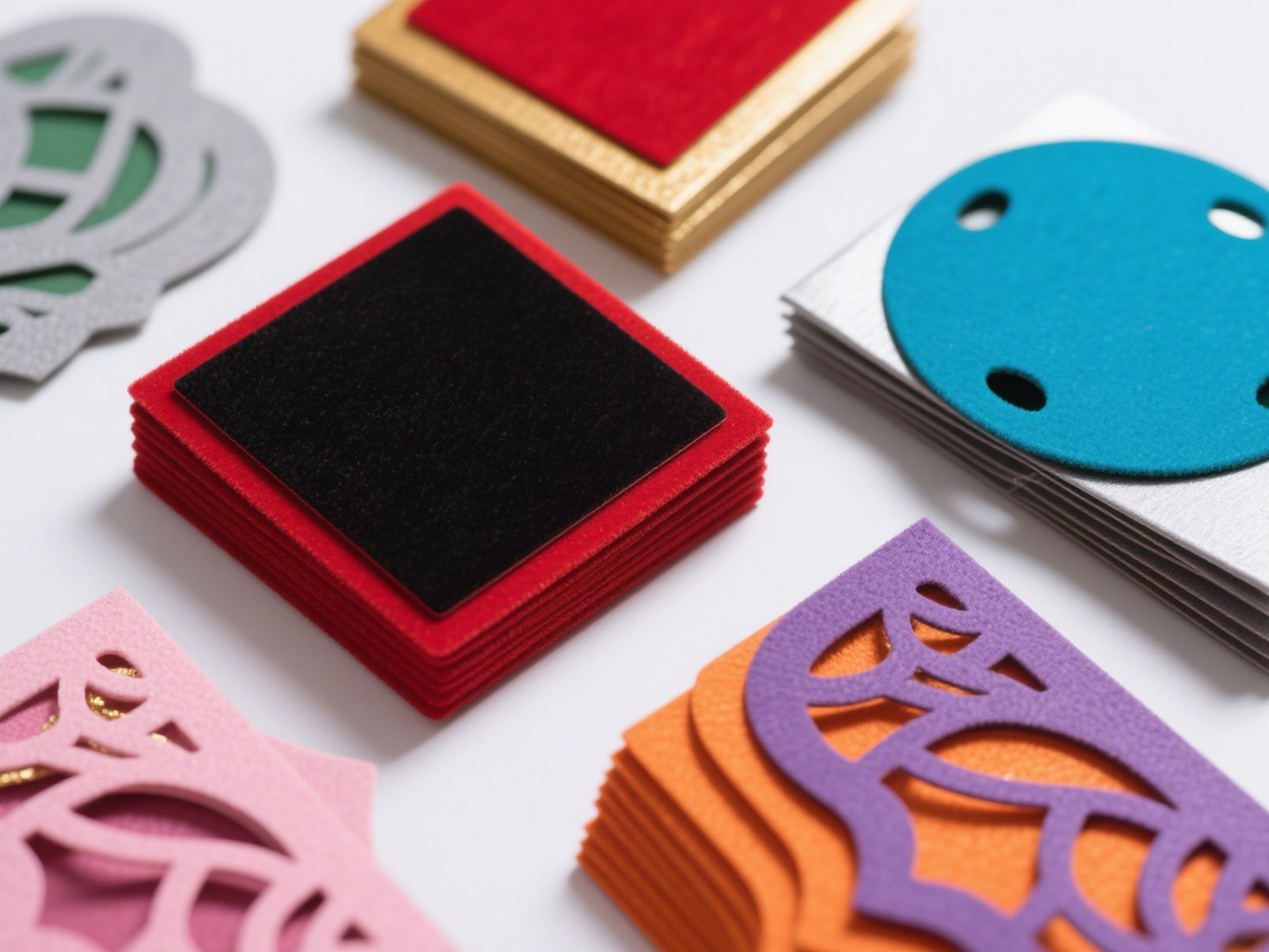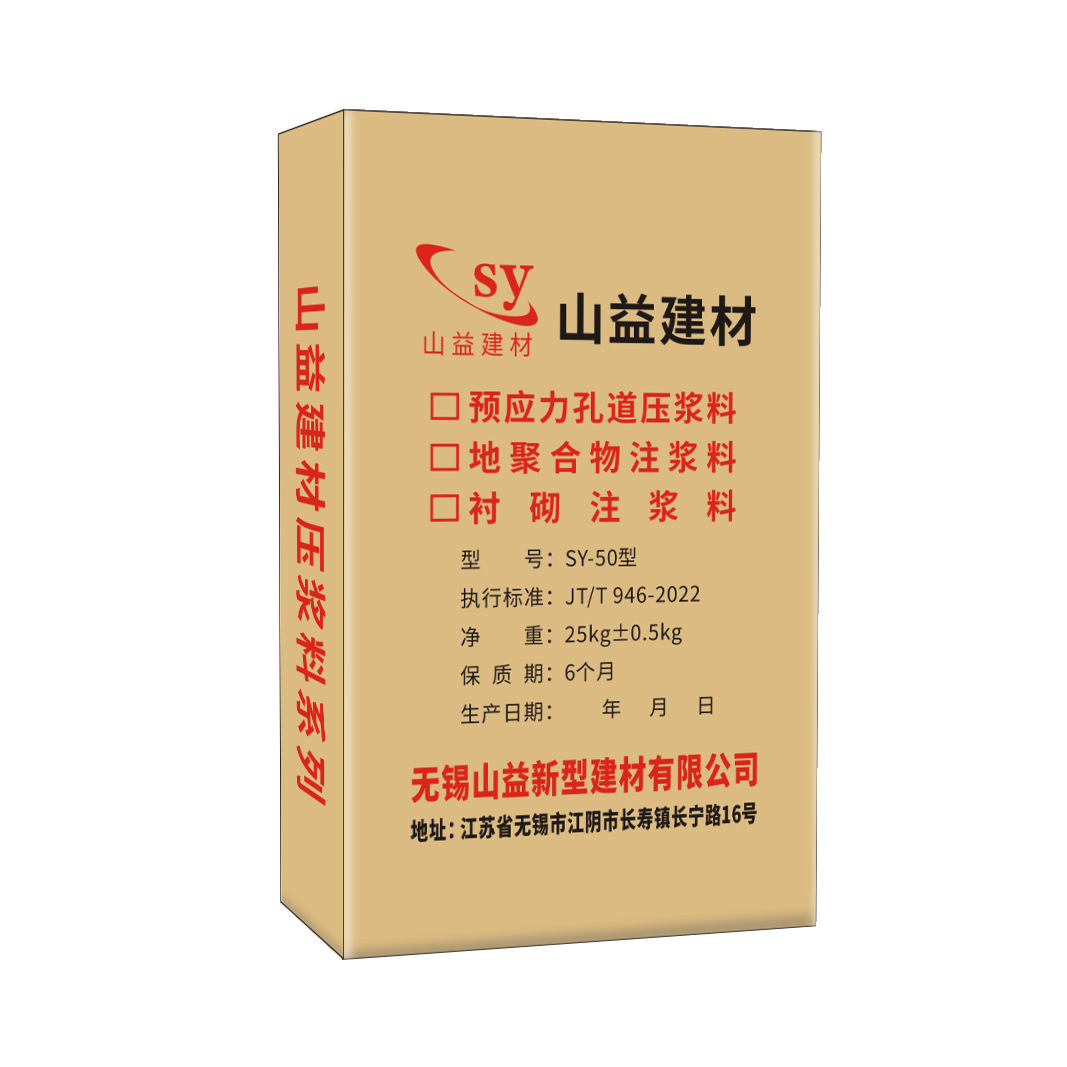When it comes to safeguarding your property from the relentless forces of nature, waterproofing is an essential consideration, particularly for walls. Water intrusion can lead to a myriad of problems, including structural damage, mold growth, and deterioration of building materials. With various waterproofing methods available, the question arises: which type of waterproofing is best for walls? This article delves into the intricacies of waterproofing solutions, evaluating their effectiveness, application methods, and suitability for different environments.
Understanding the Importance of Waterproofing
Before we explore the various types of waterproofing, it’s crucial to understand why waterproofing is necessary. Walls are the first line of defense against moisture intrusion, which can occur due to rain, groundwater, or even plumbing leaks. Effective waterproofing not only protects the structural integrity of a building but also enhances indoor air quality by preventing mold and mildew growth. Additionally, waterproofing can improve energy efficiency by reducing the need for heating and cooling systems to work harder due to moisture-related issues.
Types of Waterproofing for Walls
- Cementitious Waterproofing
- Description: This method involves the application of a cement-based mixture that creates a waterproof barrier on the wall surface.
- Advantages: Cementitious waterproofing is easy to apply, non-toxic, and highly effective for interior and exterior walls. It adheres well to concrete and masonry surfaces, making it a popular choice for basements and foundations.
- Limitations: While it is effective against water, it may not be suitable for areas with high hydrostatic pressure, as it can crack under extreme conditions.
- Liquid Membrane Waterproofing
- Description: This technique involves applying a liquid membrane that cures to form a flexible, waterproof layer.
- Advantages: Liquid membranes can be applied to various surfaces and are particularly effective for irregular shapes and hard-to-reach areas. They provide excellent resistance to UV rays and are suitable for both above and below-grade applications.
- Limitations: The application process requires careful preparation and may necessitate multiple coats for optimal performance. Additionally, the cost can be higher compared to other methods.
- Bituminous Waterproofing
- Description: Bituminous waterproofing utilizes asphalt-based products that can be applied as a liquid or in sheet form.
- Advantages: This method is highly effective for roofs and below-grade walls, providing excellent resistance to water and moisture. It is also durable and can withstand extreme temperatures.
- Limitations: Bituminous products can be heavy and may require professional installation. They also have a limited lifespan and may need periodic maintenance.
- Polyurethane Waterproofing
- Description: Polyurethane waterproofing involves the application of a liquid polymer that cures to form a robust, elastic membrane.
- Advantages: This method is highly flexible, making it ideal for areas prone to movement or cracking. It offers excellent adhesion and can be used on various substrates, including concrete and metal.
- Limitations: Polyurethane waterproofing can be more expensive than other options and requires skilled application to ensure proper curing and adhesion.
- Crystalline Waterproofing
- Description: This innovative method involves the use of crystalline compounds that react with water to form a waterproof barrier within the concrete itself.
- Advantages: Crystalline waterproofing is self-healing, meaning it can seal cracks that may develop over time. It is particularly effective for concrete structures and can be applied as a coating or mixed into the concrete.
- Limitations: While highly effective, crystalline waterproofing may not be suitable for all types of walls and requires specific conditions for optimal performance.
Factors to Consider When Choosing Waterproofing Solutions
When determining the best waterproofing method for your walls, several factors should be considered:
- Location and Environment: The geographical location and environmental conditions play a significant role in the choice of waterproofing. Areas with high rainfall or groundwater levels may require more robust solutions.
- Type of Wall Material: Different wall materials (e.g., concrete, brick, wood) may necessitate specific waterproofing methods for optimal adhesion and effectiveness.
- Budget: The cost of materials and installation can vary significantly between different waterproofing methods. It’s essential to balance effectiveness with budget constraints.
- Long-term Maintenance: Consider the long-term maintenance requirements of each waterproofing solution. Some methods may require periodic reapplication or inspection.
Conclusion
Choosing the best waterproofing solution for walls is a critical decision that can have lasting implications for the integrity and longevity of your property. By understanding the various types of waterproofing methods available and considering factors such as location, wall material, budget, and maintenance, you can make an informed choice that best suits your needs. Whether you opt for cementitious, liquid membrane, bituminous, polyurethane, or crystalline waterproofing, investing in quality waterproofing will ultimately protect your property from the damaging effects of water intrusion, ensuring a safe and healthy living environment for years to come.




+ There are no comments
Add yours